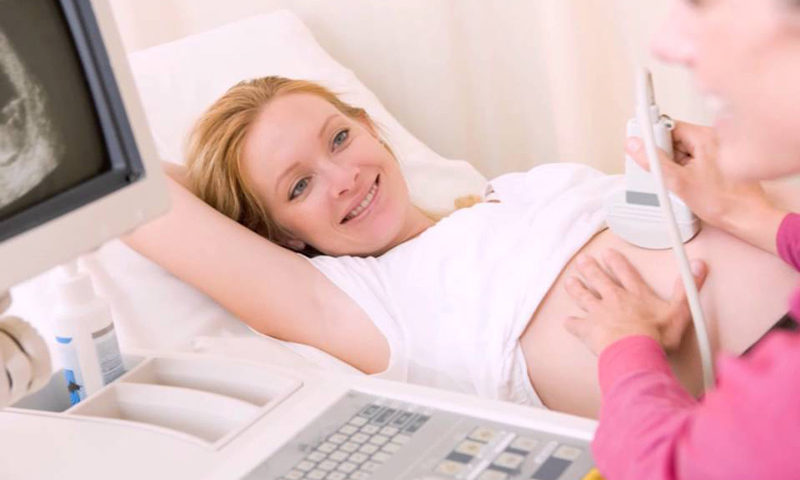All you need to know about the uchal translucency scan

What is the importance of grading embryos in in vitro fertilization
March 5, 2014
IVF after uterine cancer
March 24, 2014
You should know that the majority of newborn babies is healthy. Only 1% of newborns will have a serious problem. One of the most common is the Down syndrome where the newborn has one extra chromosome 21 in its genetic material (47 chromosomes instead of 46). The serious thing with this syndrome is the mental retardation of the embryo which appears more often in oldre pregnant women, without it meaning that younger women are not in danger of getting pregnant with an embryo with this anomally. This ultrasound is carried out at a specific time during the pregnancy (between 11-14 weeks). The width of the liquid in the embryo’s neck is measured. An increased width is associated with an increased danger od the Down syndrome. This ultrasound also offers us the following:
- It confirms the actual pregnancy age (many times due to unstable female cycles, we have an erroneius last period report)
- It checks the embryo’s smooth growth
- It can detect multiple pregnancies
- Most importantly is the early check of the emryo anatomy
A large number of congenital abnormalities, with the specialisation we have nowdays and the use of state of the art equipment can now be diagnosed for the first trimester of the pregnancy. Measuring the uchal translucency for the diagnosis of the Down syndrome is about 80% (out of 10 embryos with Down syndrome, this method will diagnose eight).
It has been established tha in pregnancies with Down syndrome, the Papp-A protein in the pregnant’s blood is low, while the free β -HCG is high. The presence of the nasal bone at this stage of the pregnancy decreases the danger by three times, while its absence increases it by 48 times..
While measuring the uchal translucency by itself has an 80% success rate, with the addition of the detection of the nasal bone and the measurment of these two proteins, the percentage goes up to 95-97%.
The final result is presented after the biochemical indexes have been measured. The danger threshold has been set ta 1/300. that means that when danger bigger than that appears, 1/150 for example, we say that it would be best for the embryo to be further tested for chromosomic abnormalities using amniocentesis or chorionic villus sampling. The final decision is the couple’s, after they have taken under consideration the danger of miscarriage (about 1%) from such procedures.
Most embryos that are considered high risk, after the afformentioned examinatiuons, are finally considered totally normal.
We thank our colleagues from the fetal-maternal medicine for their help in writing this article.




